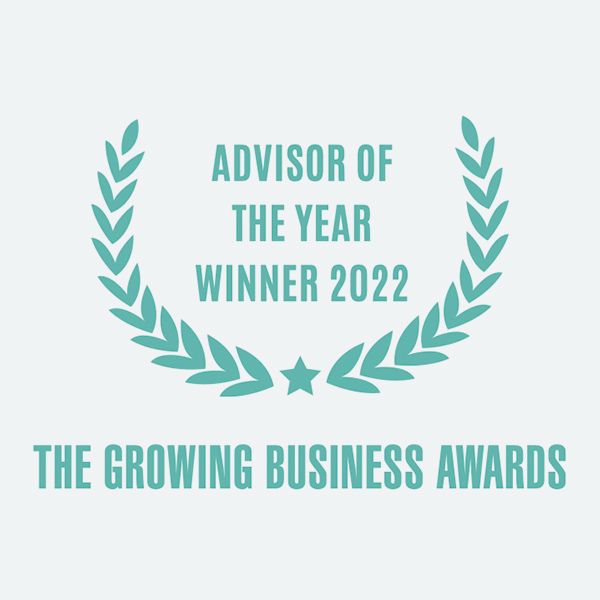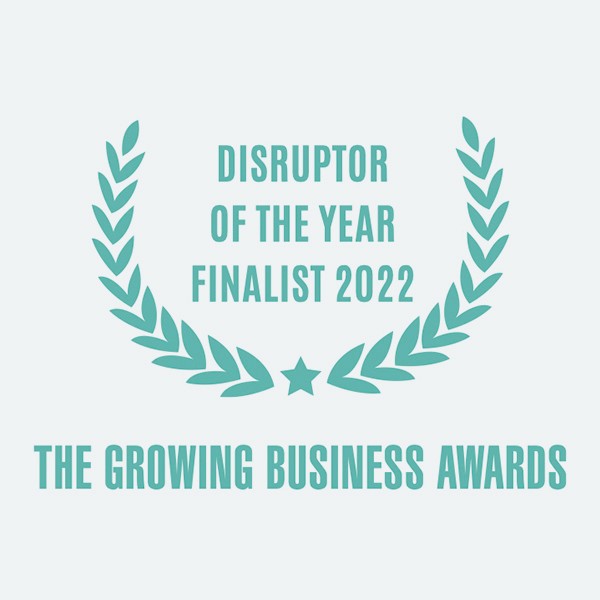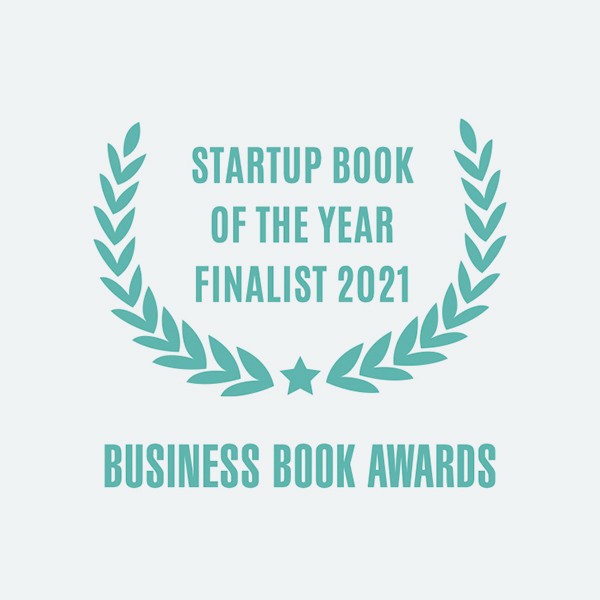
Startup Business Cash Flow Statement Services
At Robot Mascot we’ve supported thousands of founders to develop business plan assets including startup business cash flow statements.
We’ve supported founders from all over the world, helping them develop a startup business cash flow statement via our global award-winning investor pitch service, PitchReady. As a result of our help in preparing their investment assets including a startup business cash flow statement, our founders find they are 40 times more likely to raise investment.
This page will tell you exactly what a cash flow statement for your startup business needs to be, how we develop a startup business cash flow statement and how to use yours when pitching for investment.
What is the role of a startup cash flow statement in seeking funding?
A startup cash flow statement has many roles when seeking funding. It serves as a vital financial document that informs potential investors about the startup’s financial health and management capabilities.
Here’s a breakdown of its key functions:
Demonstrating financial health
A startup cash flow statement provides a clear picture of the startup’s liquidity and solvency. It shows how well the startup manages its cash to fund operations, invest in growth, and meet its financial obligations. This is important for investors who want to ensure that the startup can sustain its operations and grow.
Evidencing cash management
Effective cash management is a key indicator of a startup’s financial acumen. The cash flow statement reveals how efficiently a startup is planning on managing its cash inflows and outflows. This includes how the business plans on collecting receivables, managing its inventory, and handling its payables.
Assessing risk and viability
Investors use the startup cash flow statement to assess the risk involved in investing in the startup. By scrutinising the company’s ability to generate and manage cash over a specific period and analysing operating, investing, and financing activities, investors can gauge the company’s liquidity, evaluate its ability to meet financial obligations and identify potential red flags that may impact long-term sustainability.
Informing investment decisions
The statement helps investors understand the startup’s current financial position and future financial needs. It provides insights into how much additional funding the startup requires and how this funding will help the startup grow and achieve positive cash flow.
Tracking use of funds
The cash flow statement enables founders to demonstrate what activities the investment will be used for. For example, founders can easily show how much of their investment will be spent on product R&D, marketing and sales, or general operational costs. For startups that have already received funding, the cash flow statement can demonstrate how effectively previous funds have been utilised. This is important for investors who want to see that their investment is being managed wisely.
Supporting projections and valuations
The cash flow statement, along with other financial statements, forms the basis for financial projections and business valuations. It helps in forecasting future cash flows, which is a critical component in determining the startup’s valuation.
READ: How To Value A Business
Building investor confidence
A well-managed cash flow reflects a startup’s potential for sustainability and growth. Your startup’s cash flow statement will help to build confidence with investors, showing that the startup has a solid grasp on managing its financial operations, which is crucial for long-term success.
What’s in a cash flow statement for a startup business?
To help you develop your statement, use this startup cash flow template. This checklist is designed to simplify the process of building a cashflow statement so that you can track and analyse the current and future movements of cash within your business.
By using our cash flow startup template, startup owners can gain valuable insights into their financial operations, enabling them to make informed decisions. The following startup cash flow statement template delivers a checklist of line items that your investor-ready cash flow statement will require. It is tailored specifically for new businesses, focusing on the unique financial scenarios they face.
Operating activities
- Cash received from customers: Total cash inflows from sales of goods or services.
- Cash paid to suppliers and employees: Cash outflows for inventory, supplies, and employee salaries.
- Rent payments: Cash paid for rental of facilities or equipment.
- Utility payments: Payments for utilities like electricity, water, and internet.
- Other operating expenses: Any other cash payments related to daily business operations such as platform subscriptions and advisory services.
- Interest paid: Cash paid for interest on loans.
- Income taxes paid: Cash paid for income taxes.
- Net cash provided by (or used in) Operating Activities: Total cash inflows minus outflows from business operations.
Investing activities
- Purchase of Property and Equipment: Cash spent on acquiring physical assets like property, plant, and equipment.
- Tech development costs: Typically, for development costs to be considered capital expenditures, they need to result in an asset that provides long-term benefits to the business.
- Investments in Other Businesses: Cash used to purchase stakes in other companies.
- Sale of Assets: Cash received from selling assets.
- Net Cash Used in Investing Activities: Total cash outflows minus inflows from investment-related activities.
Financing activities
- Proceeds from issuing shares or debt: Cash received from issuing new shares (investment) or taking on new loans.
- Repayments of borrowed funds: Cash paid to settle existing loans or debts.
- Dividends paid: Cash paid to shareholders as dividends.
- Net cash provided by (or used in) Financing Activities: Total cash inflows minus outflows from financing activities.
Net increase (decrease) in cash
The sum of net cash from operating, investing, and financing activities, indicating the overall increase or decrease in cash for the period.
Cash at beginning of period
The amount of cash available at the start of the financial period.
Cash at end of period
The amount of cash available at the end of the financial period, calculated by adding the net increase/decrease in cash to the cash at the beginning of the period.
Supplemental Information
- Non-cash transactions: Reporting any significant non-cash activities, like depreciation, amortisation, or stock-based compensation.
Interest and taxes paid: Additional details on the amounts of interest and taxes paid.
How to create a cash flow statement for a startup?
Developing a cash flow statement for a startup business is a critical process that involves understanding and documenting the various streams of cash flowing in and out of your business.
Here’s a step-by-step guide to help you create an effective cash flow statement in parallel with the template above:
Step 1: Choose the right format
- Decide on the time period: Cash flow statements for investment typically cover five years – often depicting a monthly forecast for 60 months as well as an annualised summary covering each of the five years.
- Select a Template: Use a startup cash flow statement template, which can often be found in financial software, Excel templates, or via online resources.
Step 2: Gather financial data
- Collect records: Gather all financial records, including bank statements, receipts, and invoices.
- Document your development plans: Consider your future revenue streams, customer growth, business development costs, sales and makteing costs, new team members and future operations costs.
- Organise data: Organise your data into categories such as operating activities, investing activities, and financing activities.
Step 3: Calculate operating activities
- Cash inflows: Document all cash received during the forecast period, such as sales revenue, accounts receivable collections, and other income.
- Cash outflows: List all cash payments for operating expenses, including supplier payments, salaries, rent, utilities, and other operational costs.
- Consider payment terms: The payment terms you enter into with your suppliers and clients will impact your cash flow. In a cash flow statement, you record income and expenditure on the date it is received or paid, not (as with a P&L forecast) the date the invoice is issued.
- Net operating cash flow: Subtract the total outflows from the total inflows to calculate the net cash flow from operating activities.
Step 4: Account for investing activities
- List investments: Include cash spent on purchasing assets like equipment, property, or investments in other businesses.
- Consider your product development costs: Any expenditures such as consultancy costs or salaries that deliver a long-term benefit to the business, like a new product, can be listed as capital expenditure (rather than an operating activity) in the cash flow statement. Doing so will remove that cost from your Proft and Loss (P&L) forecast increasing company profitability. By ensuring these costs are retained in the cash flow statement as investment activities (Capital Expenditure) you can demonstrate an awareness that your financial commitments and cash requirements are different from that of your P&L forecast.
- Record asset sales: Document cash received from the sale of any business assets.
- Net investing cash flow: Calculate the net cash flow from investing activities by subtracting cash outflows from inflows in this category.
Step 5: Detail financing activities
- Capital injections: document planned cash inflows from new loans, investor funds, or issuing shares. Note, that this is one of the main differences between a P&L and cash flow statement. A P&L forecast will not record investment as income, while the cashflow will show all money coming in and out of a business. It’s for this reason that a P&L forecast for a company seeking investment is likely to show a negative profit, while its cash flow statement will show a positive cash balance.
- Debt repayments: Include cash outflows for loan repayments, dividend payments, or buyback of shares.
- Net financing cash flow: Determine the net cash flow from financing activities by subtracting the outflows from the inflows.
Step 6: Calculate net cash flow
- Sum up all activities: Add the net cash flows from operating, investing, and financing activities.
- Determine net increase or decrease in cash: This will show you how much your cash balance has increased or decreased during the period.
Step 7: Reconcile with opening and closing balances
- Opening balance: Start with the cash balance at the beginning of the forecast period.
- Closing balance: Add the net cash flow to the opening balance to arrive at the closing balance for the forecast period.
- Repeat for subsequent years: Typically cashflow statements for investment will cover a five-year period. Investors will therefore expect five cash flow statements in total, one for each year of the forecast.
Step 8: Analyse and interpret
- Look for trends such as consistent cash shortages or surpluses.
- Use insights from the cash flow statement to make strategic decisions for your business.
Step 9: Regular updates
- Check actual performance against your cash flow statement regularly (monthly or quarterly) to keep a close eye on your financial health.
- Modify your business strategies based on your cash flow analysis to improve financial performance.
Step 10: Seek professional advice
- If you’re unsure about any aspect of developing a cash flow statement for investment, consult with a financial advisor or investment analyst.
What makes a cash flow statement for a startup business different from other cash flow statements for businesses at other stages?
A cash flow statement for a startup business has distinct characteristics that set it apart from cash flow statements of businesses at other stages of development. These differences stem from the unique challenges and circumstances that startups face.
Generally, there is a higher level of risk and uncertainty in the operations of a startup and this risk is often reflected in the cash flow statement, both in terms of operational risks and the risk of running out of cash.
Here are some other aspects that make a startup’s cash flow statement different from others:
Startups often focus on their burn rate, which is the rate at which they consume their cash reserves before achieving profitability. This metric is crucial for startups and is often scrutinised in their cash flow statements.
Unlike established businesses, startups typically have limited historical financial data which makes forecasting cash flows more speculative and based on assumptions about market conditions, customer acquisition, and growth rates. Startups can also experience more variability and unpredictability in their revenue streams, especially if they are still in the process of market validation and finding a product-market fit.
READ: Financial Forecast Template for Free
Cash flow statements for startups often reflect a heavy reliance on external funding, such as venture capital, angel investors, or crowdfunding. This is in contrast to more established businesses that might rely more on revenue-generated cash flow. Startups may also have higher cash outflows in their early stages due to initial setup costs, product development, market research, and building customer base which are also typically reflected in the cash flow statements.
The nature of operational expenditures in startups can be different. They might include costs related to technology development, market testing, or high marketing expenses to establish brand presence.
The cash flow statement of a startup is often used to gauge future viability rather than just current financial health so it serves as a tool to project when the startup will become cash flow positive and what strategic moves are needed to reach that point. The cash flow statement is a critical document for investors, who may use it to assess the feasibility of the business model, the efficiency of cash use, and the potential for future growth and profitability.
Startups often have to be more flexible and adaptable in their operations, which can be reflected in their cash flow statements. This might include rapid shifts in strategy, which can lead to significant changes in cash flow patterns.
Getting your business ready: Understanding Investment Readiness
Before you consider pitching your business to investors, you must first ensure that your business is indeed ready for investment – that it is ‘investment ready’.
Investment readiness refers to the state in which a startup or business has prepared itself to be an attractive prospect for investors. Being ‘investment ready’ means a founder has all the elements in place that investors look for when considering whether to commit funds to a business – including a credible projection of their cash flow statement.
There are investor readiness agencies for startups that can help businesses get ready for investment and develop their business case. We at Robot Mascot are one such company.
If you are seeking investment for your business and need help conducting market analysis and market research why not get in touch?






Copyright ©Robot Mascot Ltd. All rights reserved.


